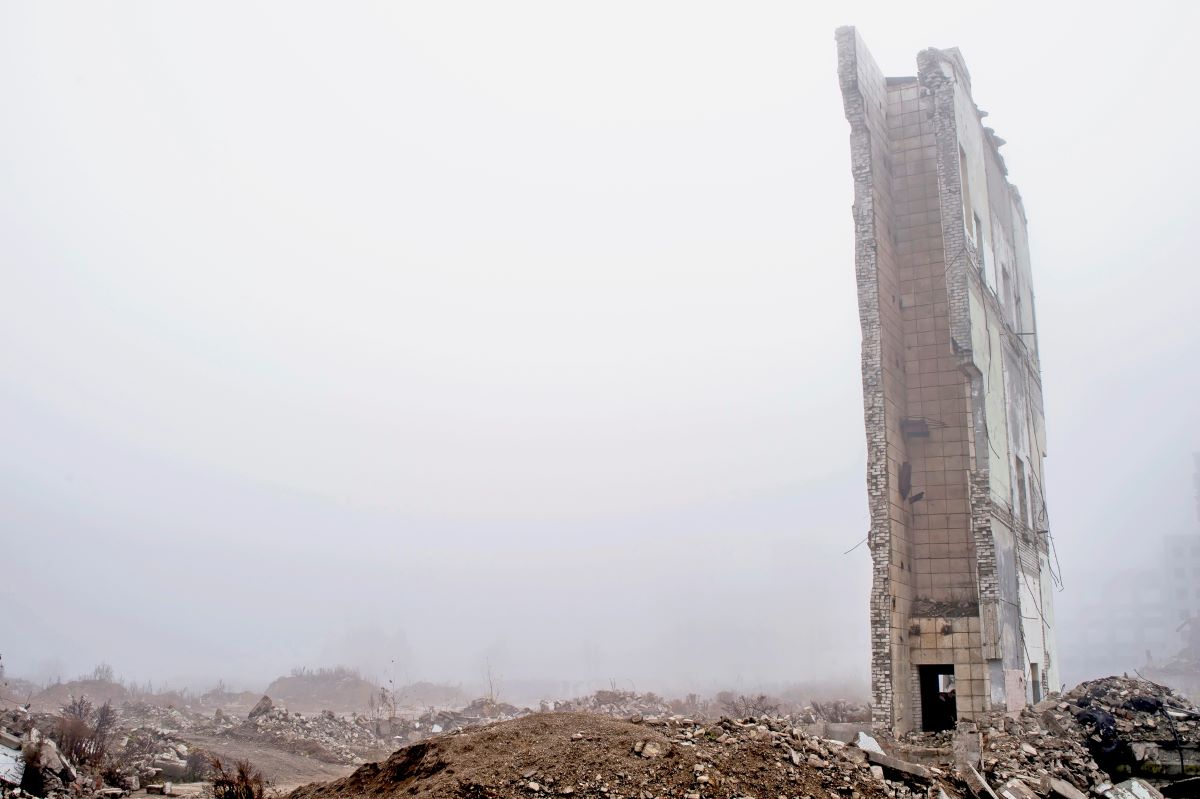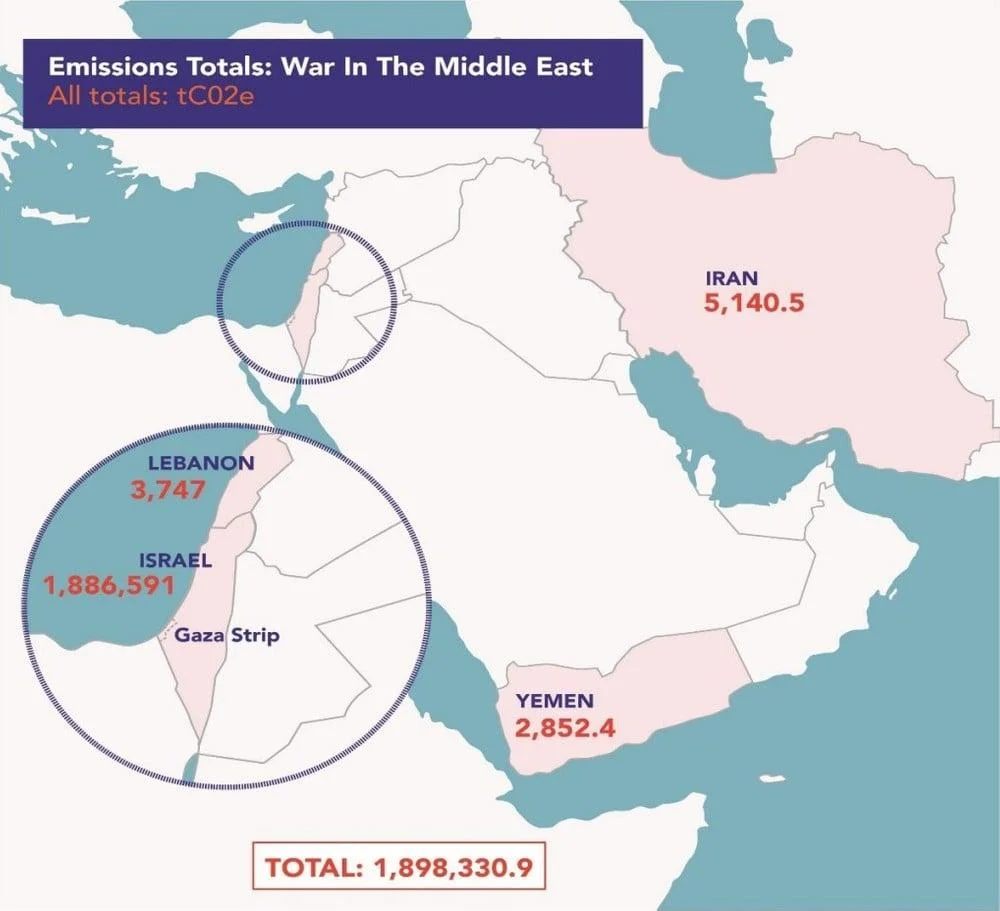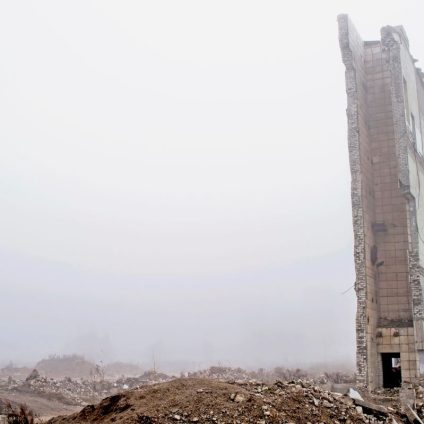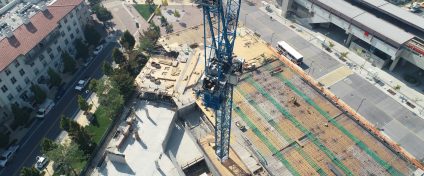Military operations like those unfolding across the Middle East have a significant impact on the environment and the climate, contributing to rising greenhouse gas emissions and causing direct damage to ecosystems. These impacts include deforestation, water and soil pollution, and the destruction of infrastructure, with consequences that can last for decades.

A team of researchers from universities in the United Kingdom and the United States has recently measured the greenhouse gas emissions linked to the ongoing war in the Gaza Strip. Their study also includes military-related emissions in Lebanon, Iran, and Yemen.
Among the study’s most pressing findings is the urgent need to enforce transparency around military emissions within the framework of the United Nations Framework Convention on Climate Change (UNFCCC). Currently, countries are not required to report emissions from warfare to the UN, despite their substantial scale.
According to the researchers, military operations tied to the middle-east conflict have generated nearly 1.9 million metric tons of carbon dioxide between October 2023 and January 2025 (Fig. 1). That figure surpasses the annual emissions of 36 low-emission nations, based on comparative data analyzed in the report.

This number is likely to rise significantly in the region following Israel’s military strike on Iran. Though both countries had engaged in low-intensity hostilities for some time, the attack marked a turning point.
The trigger came after the International Atomic Energy Agency (IAEA) Board of Governors passed a resolution, backed by the United States, France, the United Kingdom, and Germany, accusing Iran of breaching its nuclear commitments for the first time in two decades. The resolution cited Iran’s lack of cooperation with inspectors and its failure to explain uranium traces found at undeclared sites. Tehran’s stockpile of uranium enriched to 60% continued to grow in violation of international agreements.
Iran still remains far from reaching weapons-grade enrichment at 90% U-235, and even further from having a deployable nuclear bomb. However, Israeli Prime Minister Netanyahu seized on the IAEA’s claims to justify a large-scale military assault.
Following a preplanned strategy, Tel Aviv targeted Iran’s nuclear infrastructure, eliminated top military leaders and senior nuclear scientists, and destroyed radar systems and missile installations. The attacks involved warplanes and drones that had previously been smuggled into the country.
Iran retaliated with a series of missile strikes on Israeli targets, which, although smaller in scale, caused casualties and structural damage.
As of now, the conflict has expanded, with U.S. forces joining Israel and launching an assault on the Fordow nuclear facility, where Iran enriches uranium to 60%. This plant is located 90 meters underground, protected by ultra-reinforced concrete, and remains largely unaffected by Israeli air raids.
In this scenario, the United States might deploy a technology unique in the West: the Robust Nuclear Earth Penetrator. Loaded onto deep-strike aircraft like the B-2 Spirit, which uses stealth technology to evade defenses, this weapon is designed to destroy heavily fortified underground targets.
If this weapon is used, the price of the Israel-Iran conflict will rise steeply, not just economically, but also in terms of radioactive emissions and climate disruption. The indirect effects, including the collapse of trust between nations, could further derail any future negotiations, not only to prevent nuclear proliferation but, perhaps more urgently, to combat the climate crisis.












